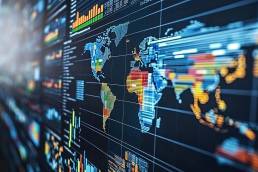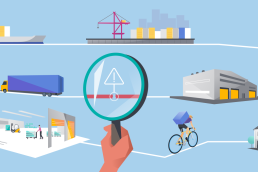Increased demand for deliveries doesn’t just ramp up pressure on e-commerce and logistic firms; it also places an added burden on the environment.
A recent World Economic Forum report forecast that the number of delivery vehicles in the world’s top 100 cities is set to grow by 36% by 2030. As a result, emissions from this traffic will increase by 32%, while congestion will rise by over 21%.
With the number of urban dwellers and online shoppers both set for continued growth, retailers and logistics firms have a responsibility to reduce their carbon footprint. Of course, they also have a responsibility to their shareholders, so they won’t want to discourage shoppers from placing orders. Instead, they must come up with a way of making deliveries more sustainable. Fortunately, this is possible – and it all depends on location intelligence.
Here are three ways that location intelligence can be employed to reduce your carbon footprint and encourage growth at the same time:
Route optimisation
Efficiency in route planning is one of the most effective ways of lowering fuel bills and reducing the emission levels associated with each delivery. Unfortunately, due to rising delivery numbers and the complexity of the urban environment, delivery drivers often end up travelling via an overly long-winded route to their destinations. Going back and forth in this inefficient manner isn’t just frustrating for drivers and shoppers; it also means releasing more pollution and CO2 into the atmosphere than is strictly necessary.
Today, advanced route optimisation software can leverage sophisticated algorithms for route planning to reduce unnecessary fuel usage. No matter the number of deliveries or the specified drop-off times that customers have requested, modern route optimisation tools can automatically process a number of inputs and come up with the quickest, most efficient route.
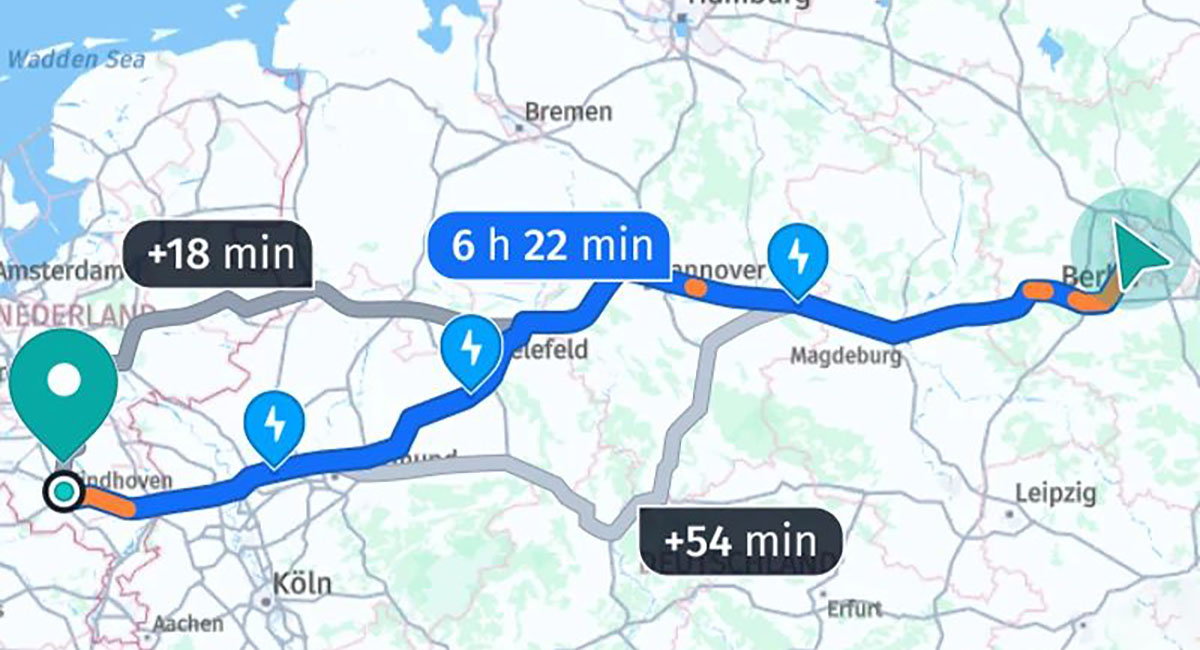
Not long ago, route optimisation had to be conducted manually using little more than an Excel spreadsheet. Now, advanced software can manage increasingly complex routes, cater for priority handling arrangements, and provide drivers and customers with estimated arrival times. Altogether, route optimisation provides several efficiency benefits, which in turn lead to faster, more affordable and greener deliveries.
Real-time data
Of course, coming up with an optimised route before setting off with your deliveries sounds good in theory, but what about unexpected road closures or unusually high traffic levels? The urban environment is constantly changing and any logistics firm that relies on outdated information will find its drivers taking longer journeys, accompanied by high carbon emissions.
However, deliveries don’t have to be like this. Real-time data can be used to keep track of traffic and other obstacles that introduce problems to the original delivery route. What’s more, by incorporating this real-time data into your route optimisation tool, drivers can receive route amendments when relevant to ensure they are always travelling in the most efficient way possible.
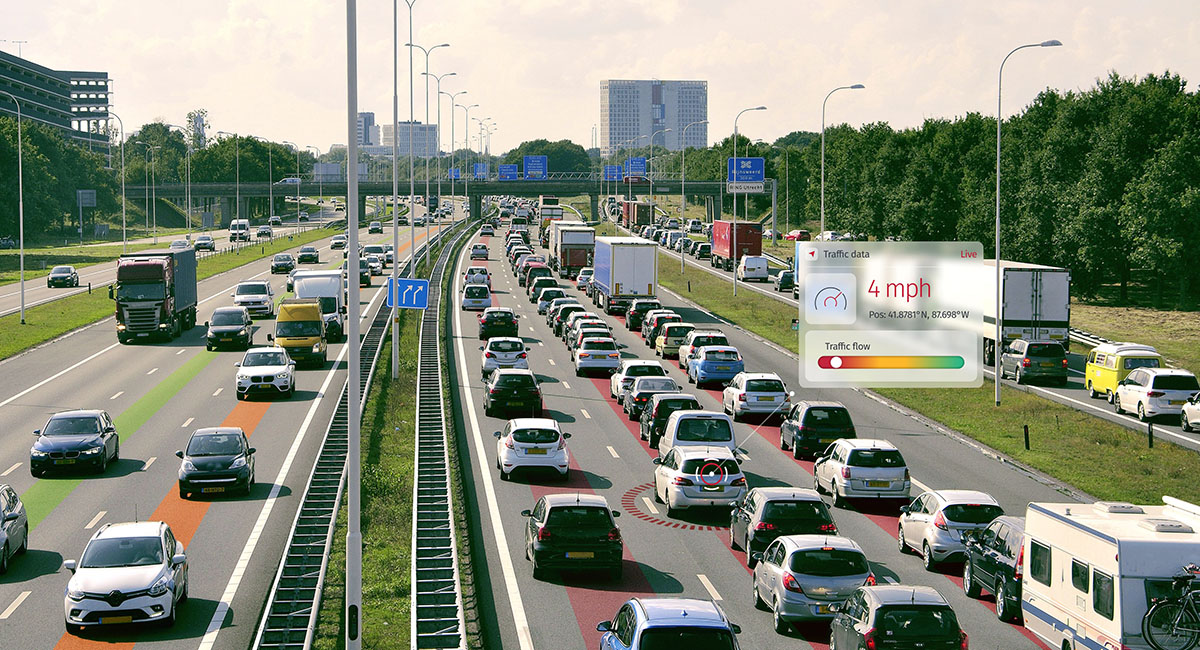
In addition, there are other times when real-time data can save drivers from wasted journeys. When package recipients are not at home, for example, drivers can be updated in real-time regarding alternative drop-off arrangements or chosen safe spaces to leave the delivery. With failed deliveries causing greater environmental impact due to the need for deliveries to be undertaken again, decreasing the failure rate is a great way of reducing the carbon footprint of deliveries. Real-time communication between customer and delivery driver can help facilitate this. What’s more, by acting on real-time insights into consumer preferences and purchasing patterns to optimise inventory and route management, you can significantly lower your last-mile carbon footprint.
AI robots
Perhaps a more unorthodox way to reduce the carbon footprint associated with deliveries is to explore the potential of artificial intelligence (AI) robots. Zero-emission autonomous robots are increasingly being viewed as a possible way of delivering a greener last-mile delivery service. These AI robots could be small enough to travel along bike lanes or even pavements and, crucially, could be powered using renewable energy sources – eliminating the environmental damage caused by the rising number of deliveries.
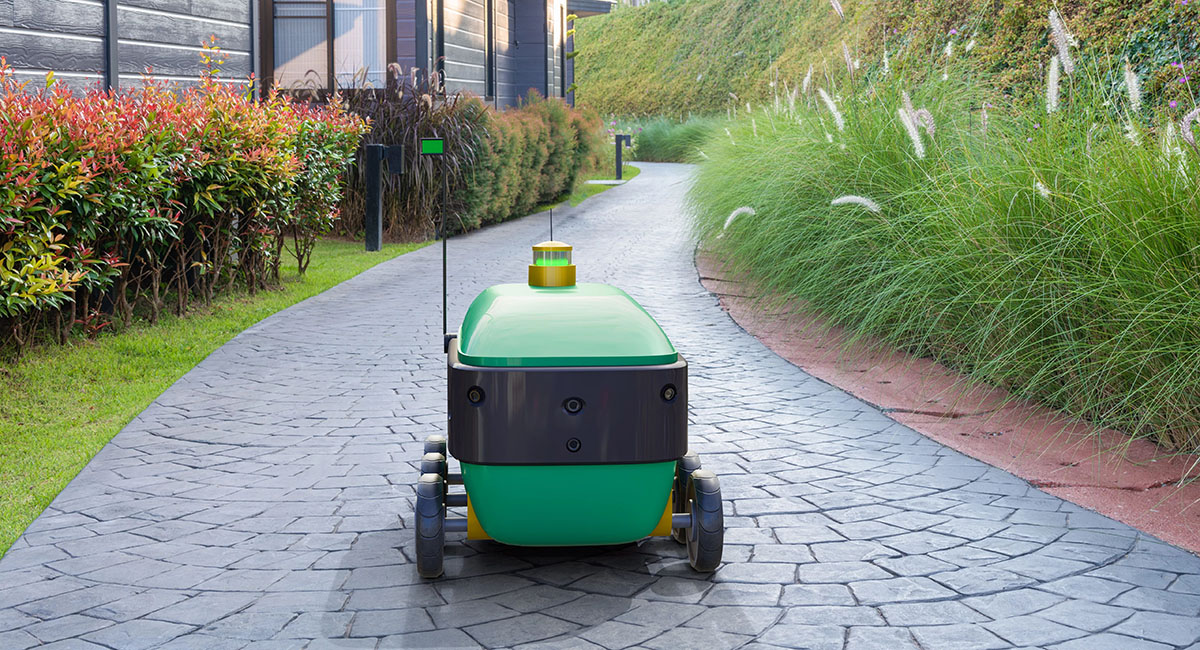
Of course, for autonomous robots to work effectively, top-rate location intelligence would need to be employed, with a rich stream of data enabling the robot to recognise obstacles, keep its packages secure, and deliver items to the right place. While the use of AI delivery robots may sound futuristic, they are actually already in development. Start-ups like Refraction AI are already launching electric vehicles that offer e-commerce firms greener delivery options. With the global autonomous last-mile delivery market expected to reach $84.72 billion by 2030 (up from $11.9 billion today), expect many other firms to join them.
Why reducing your carbon footprint is more important than ever
Lowering your carbon emissions is obviously a worthwhile cause for a number of reasons. It can improve the air quality in urban locations and contribute to a greener world. It also provides efficiency benefits that drivers and customers will undoubtedly appreciate. However, it’s often overlooked just how important reduced carbon emissions could be for a company’s bottom line.
Consumers clearly care about the delivery process – and not only in terms of speed. According to a recent survey, 72% of consumers worldwide want brands to use sustainable packaging. Environmental credentials are the sort of things that modern businesses should be shouting about. This is also true of delivery. Using location intelligence to make your deliveries more sustainable does not simply provide an environmental boost for the planet; it offers a competitive edge too.
At Local Eyes, we have proven expertise in delivering effective location-intelligent solutions built upon the latest technological innovations. Our high precision, real-time maps ensure your deliveries reach their destinations in the fastest, most efficient, and greenest way possible.
Why not contact us to find out more?

